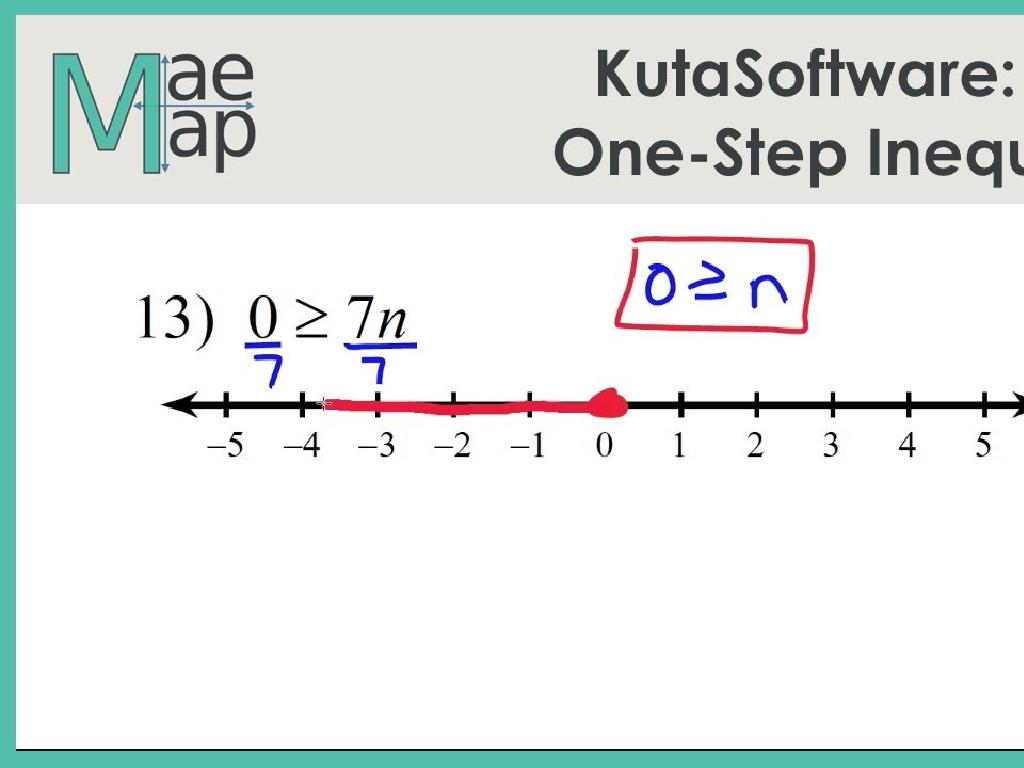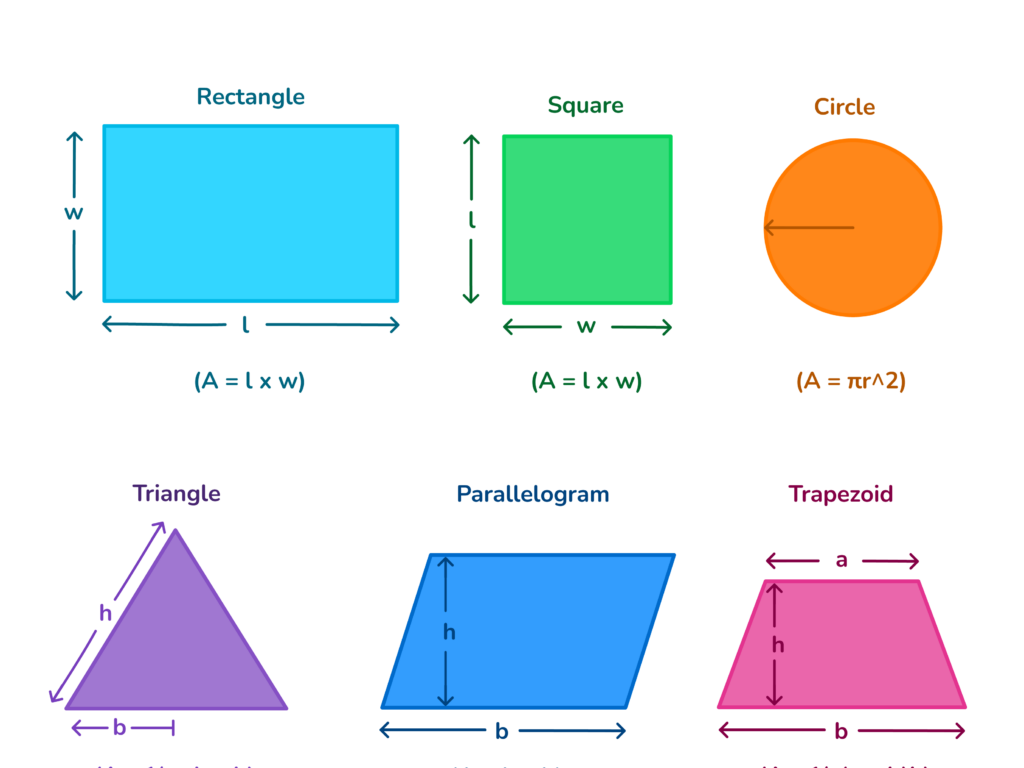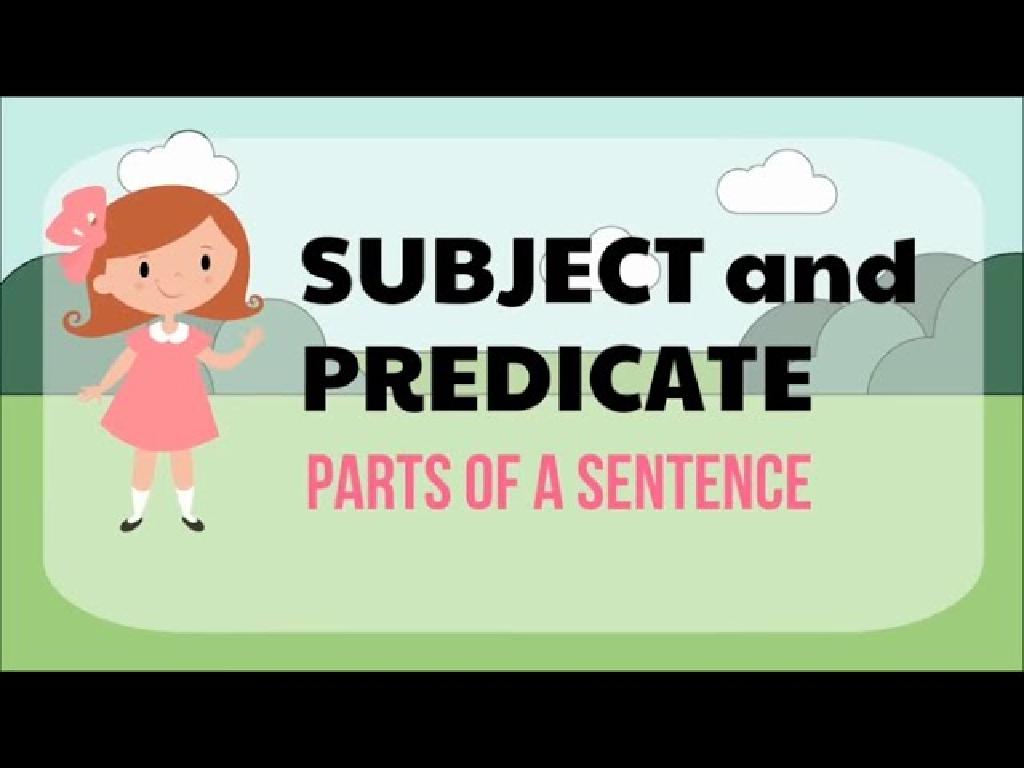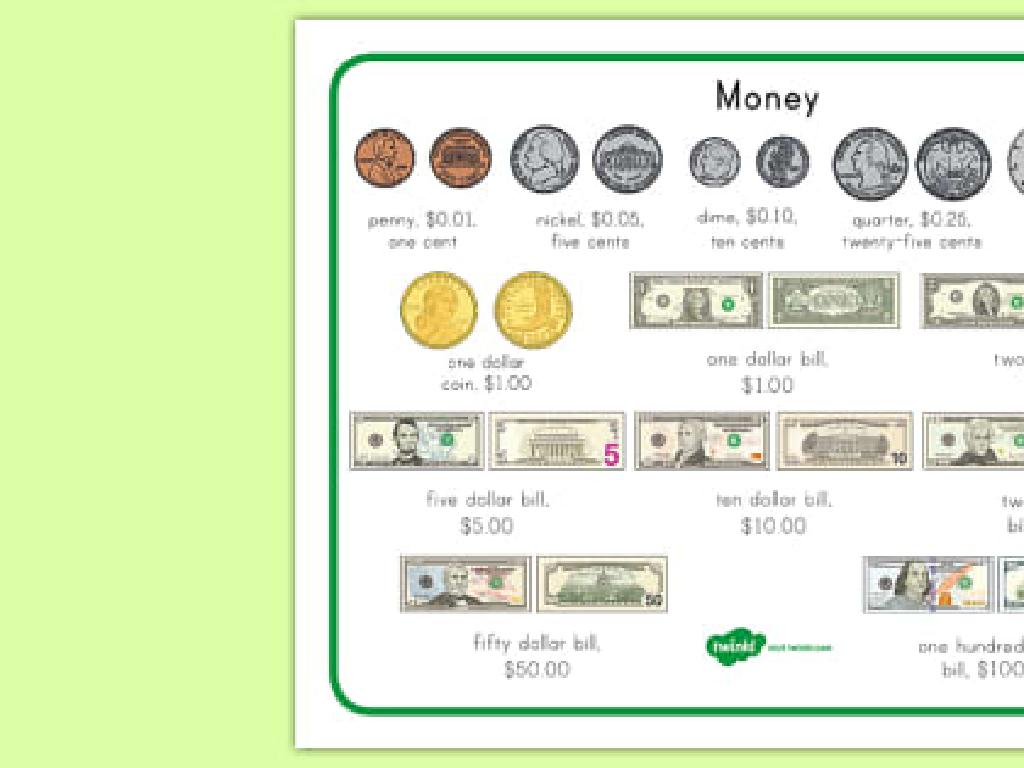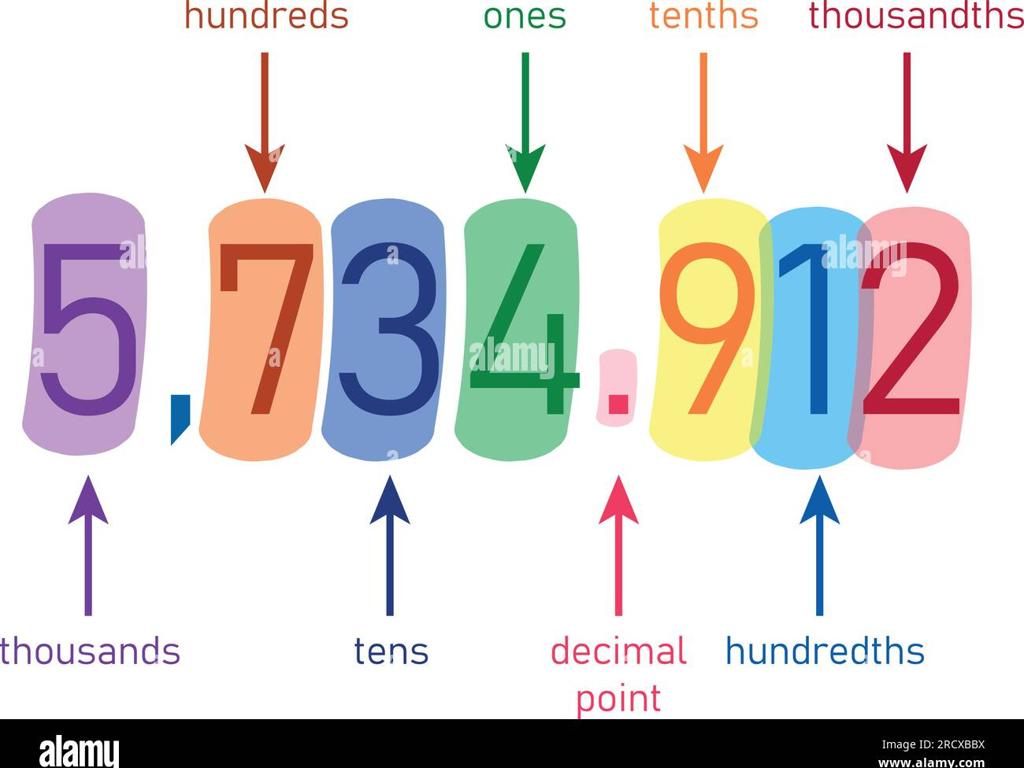Is It A Complete Sentence Or A Fragment?
Subject: Language arts
Grade: Eighth grade
Topic: Sentences, Fragments, And Run-Ons
Please LOG IN to download the presentation. Access is available to registered users only.
View More Content
Complete Sentences vs. Fragments
– Defining a complete sentence
– A complete sentence has a subject, verb, and expresses a complete thought.
– Recognizing sentence fragments
– Fragments lack a subject/verb or don’t express a full idea.
– Significance of sentence structure
– Proper structure ensures clarity and coherence in writing.
– Consequences of using fragments
– Fragments can confuse readers and weaken writing.
|
This slide introduces the concept of complete sentences versus fragments, which is crucial for effective writing. A complete sentence is the basic building block of writing and must contain a subject and a verb, forming a complete thought. In contrast, a fragment is an incomplete sentence that either lacks a subject or a verb or doesn’t express a complete thought. Understanding the difference is essential for students to communicate their ideas clearly and effectively. In writing, using fragments instead of complete sentences can lead to confusion and misinterpretation of the message. During the lesson, emphasize the importance of revising and editing their work to identify and correct fragments, ensuring their writing is strong and clear.
Understanding Sentences vs. Fragments
– Define a complete sentence
A sentence expresses a complete thought and has a subject and a verb.
– Identify subject and predicate
Subject is who or what the sentence is about; predicate tells what the subject does or is.
– Analyze sentence components
– Example of a complete sentence
E.g., ‘The dog (subject) barked loudly (predicate).’
|
This slide introduces the concept of a complete sentence to the students. Begin by defining a sentence as a group of words that expresses a complete thought and typically contains a subject and a predicate. The subject is the part of the sentence about which something is being said, and the predicate expresses an action or state of being. Use examples to illustrate complete sentences, ensuring to highlight the subject and predicate. Encourage students to create their own sentences and identify the components. This foundational knowledge will help them distinguish between complete sentences and fragments in future lessons.
Sentence or Fragment?
– Understanding sentence fragments
– A fragment is an incomplete thought, missing a subject or verb.
– Identifying fragments in text
– Look for missing elements and dependent clauses standing alone.
– Comparing fragments and sentences
– ‘Although she ran’ (fragment) vs. ‘She ran to the store’ (complete sentence).
– Practice with examples
– Use example sentences to distinguish between complete sentences and fragments.
|
This slide introduces the concept of sentence fragments in contrast to complete sentences. A fragment lacks essential components and does not express a complete thought. It’s important for students to recognize that while fragments often occur in casual conversation, they are not suitable for formal writing. Teach students to identify fragments by looking for missing subjects, verbs, or complete thoughts, and to correct them by adding the necessary elements. Use examples to illustrate the difference between fragments and complete sentences, and provide practice sentences for students to analyze. Encourage students to explain why a fragment is not a complete sentence and how it can be revised.
Run-on Sentences: Identifying and Correcting
– Define run-on sentence
– A run-on sentence contains two or more independent clauses incorrectly joined.
– How to spot run-on sentences
– Look for sentences that go on without proper punctuation or conjunctions.
– Correcting run-on examples
– Example: ‘I love to write papers I would write one every day if I had the time.’ Correction: ‘I love to write papers. I would write one every day if I had the time.’
– Practice with run-on sentences
– Use examples to practice identifying and fixing run-ons.
|
This slide introduces the concept of run-on sentences, which are common mistakes in writing. A run-on sentence occurs when two or more independent clauses are joined without the correct punctuation or conjunction. Teach students to identify run-on sentences by looking for long sentences that lack proper punctuation, such as periods or commas, or coordinating conjunctions like ‘and’ or ‘but’. Provide clear examples of run-on sentences and demonstrate how to correct them by breaking them into separate sentences, using a comma with a conjunction, or using a semicolon. Encourage students to practice with provided examples and to bring in sentences from their own writing for review.
Practice Time: Sentence or Fragment?
– Identify sentences vs. fragments
– Review examples together
– Look at examples and decide if they are complete thoughts
– Correct the fragments
– We’ll rewrite fragments to form complete sentences
– Discuss run-on sentences
– Learn to spot and fix overly long and confusing sentences
|
This slide is designed for an interactive class activity where students will practice distinguishing between complete sentences and fragments. Start by reviewing the definition of a complete sentence, which includes a subject, verb, and expresses a complete thought. Then, present the examples to the class and ask them to identify whether each is a complete sentence or a fragment. After identification, work together to correct the fragments by adding the missing elements. Also, discuss run-on sentences and how to properly punctuate or separate them into complete sentences. Encourage participation and explain that the ability to recognize and correct these common mistakes is crucial for clear written communication.
Group Activity: Crafting Stories with Complete Sentences
– Form groups and write a short story
– Use only complete sentences
– Find and fix fragments and run-ons
– Look for sentences lacking a subject or verb, and run-ons without proper conjunctions or punctuation
– Prepare to present your story
|
This group activity is designed to reinforce the concept of complete sentences versus fragments and run-ons. Divide the class into small groups and have each group write a short story. Remind them to focus on using complete sentences with proper structure. After writing, they should review their story to identify any fragments incomplete sentences that can’t stand alone or run-ons, which are overly long sentences that need to be broken up. They can then correct these issues before presenting their final story to the class. This exercise will help students practice their editing skills and understand sentence structure in a collaborative and engaging way. Possible variations of the activity could include focusing on a specific theme, incorporating vocabulary words, or using story prompts.
Wrapping Up: Complete Sentences & Homework
– Recap: Why complete sentences matter
– Homework: Craft a paragraph
Write a short paragraph on any topic.
– Identify sentences vs. fragments
Underline complete sentences, circle fragments.
– Spot any run-ons
Highlight run-ons to correct them.
|
As we conclude today’s lesson, emphasize the importance of using complete sentences for clear communication. For homework, students should write a paragraph on a topic of their choice. They will then need to analyze their writing, identifying complete sentences, fragments, and run-ons. This exercise will reinforce their understanding of sentence structure and help them recognize common mistakes. Encourage creativity in their writing and remind them that the goal is to practice identifying different sentence types. In the next class, we can review some of the paragraphs together, discussing the corrections and clarifying any confusion.

